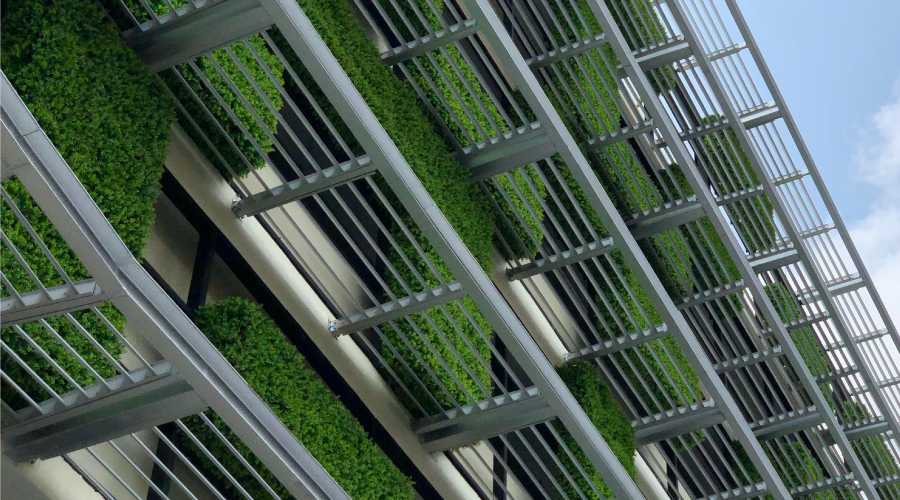 The decision on which schools in the Davenport Community School District received geothermal installations depended on building’s age and the condition of its existing HVAC system.Photo: Davenport Community School District
The decision on which schools in the Davenport Community School District received geothermal installations depended on building’s age and the condition of its existing HVAC system.Photo: Davenport Community School DistrictOne K-12 District's Lessons and Benefits from Geothermal Systems
Davenport Community School District's investment in geothermal technology drives its energy efficiency to the top of the list.
The arrival of geothermal technology by the Davenport Community School District has led to several important changes. The first involves training for the technicians responsible for their long-term efficiency and reliability.
“Our mechanical techs and electricians and so forth have always been highly skilled, and they were open to learning new things,” Maloney says. “We sent them to training at the manufacturer’s site. There was some heavy skepticism early on because, of course, by that time everybody was pretty skilled on gas-fired boilers.
“During this same time we were making the transition to adding air conditioning. We didn’t have any air-conditioned classrooms. So they learned about the air conditioning side of things, as well as the geothermal side. In the buildings where we don’t have geothermal, which is about half of our buildings — of course, we have traditional chiller plants — our mechanical techs and electricians were going through training on systems that they hadn’t had in their portfolio in the past. They were open and willing to learn new things and apply new skills and techniques.”
The second important change for the district involves the use of commissioning on finished system upgrades.
“In the earlier projects, we did not do commissioning of the work, and we have since found that commissioning is a good investment and a worthwhile effort,” Maloney says. “We have third-party commissioning agents on all of these projects. That’s now a standard operating method.
“I had been a proponent of commissioning, and I had commissioned projects in my previous districts. It took me a couple of years to convince top management that it was worthwhile investment, but now it’s part of our way of doing things. People came to understand that it was best practice.
“To people who don’t work in the facilities business, they don’t understand that mechanical systems are designed and installed by multiple different firms and stakeholders, each with their own priorities. So unless there is somebody centrally making sure that all of these systems are properly integrated and the systems operate, the layperson might not even know that they’re not operating as efficiently as they could be and should be. The purpose of commissioning is to ensure that every system is operating optimally and is integrating properly with the other systems.”
Related Topics:














